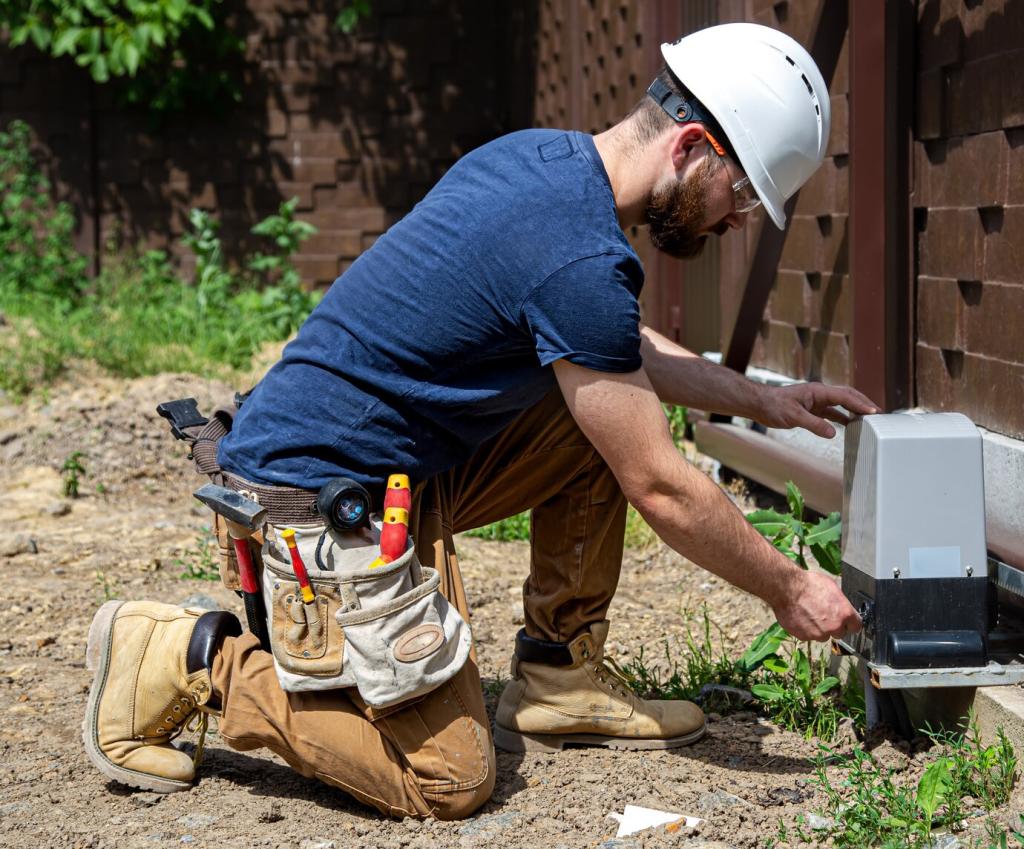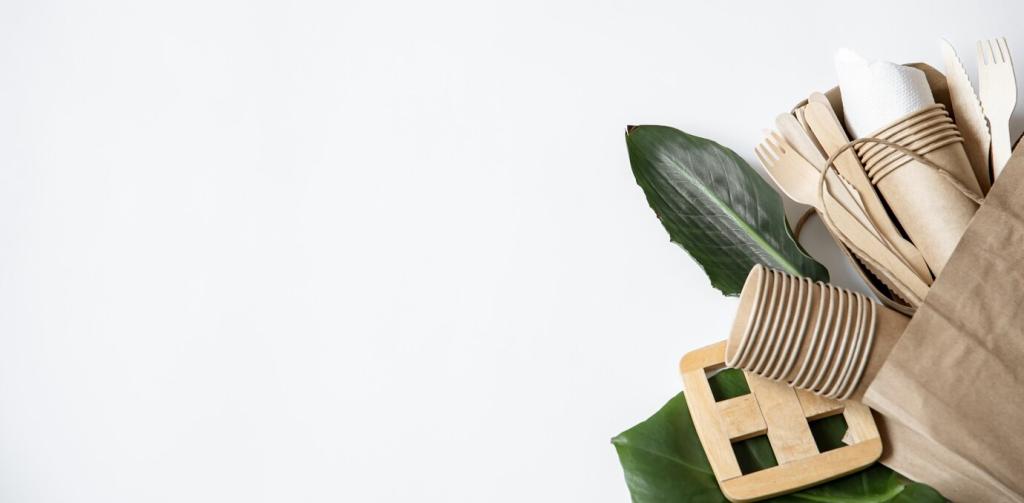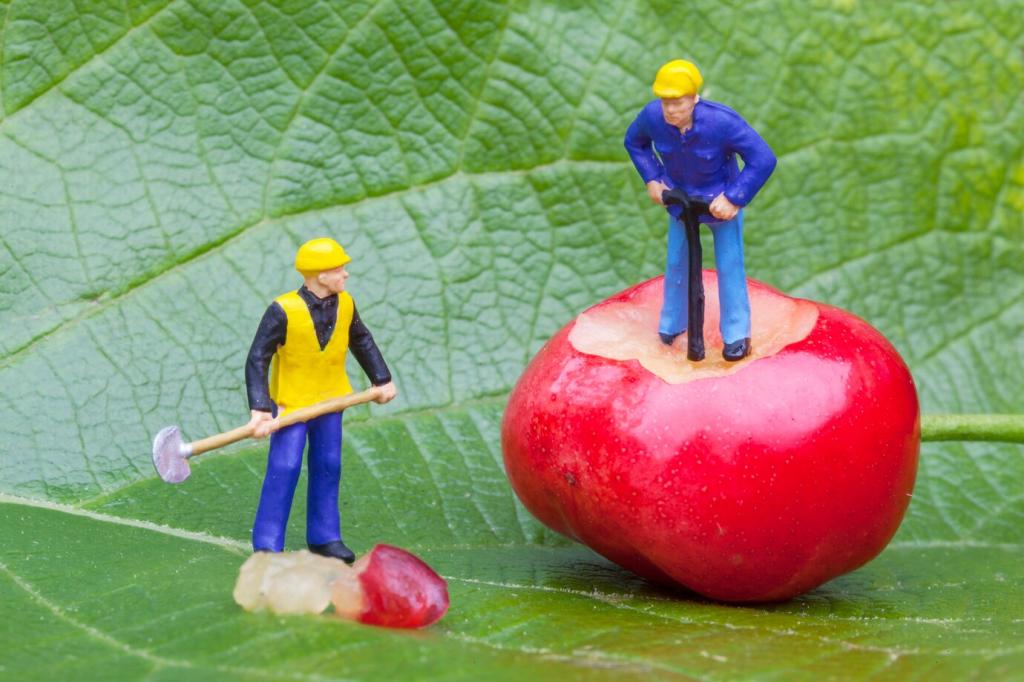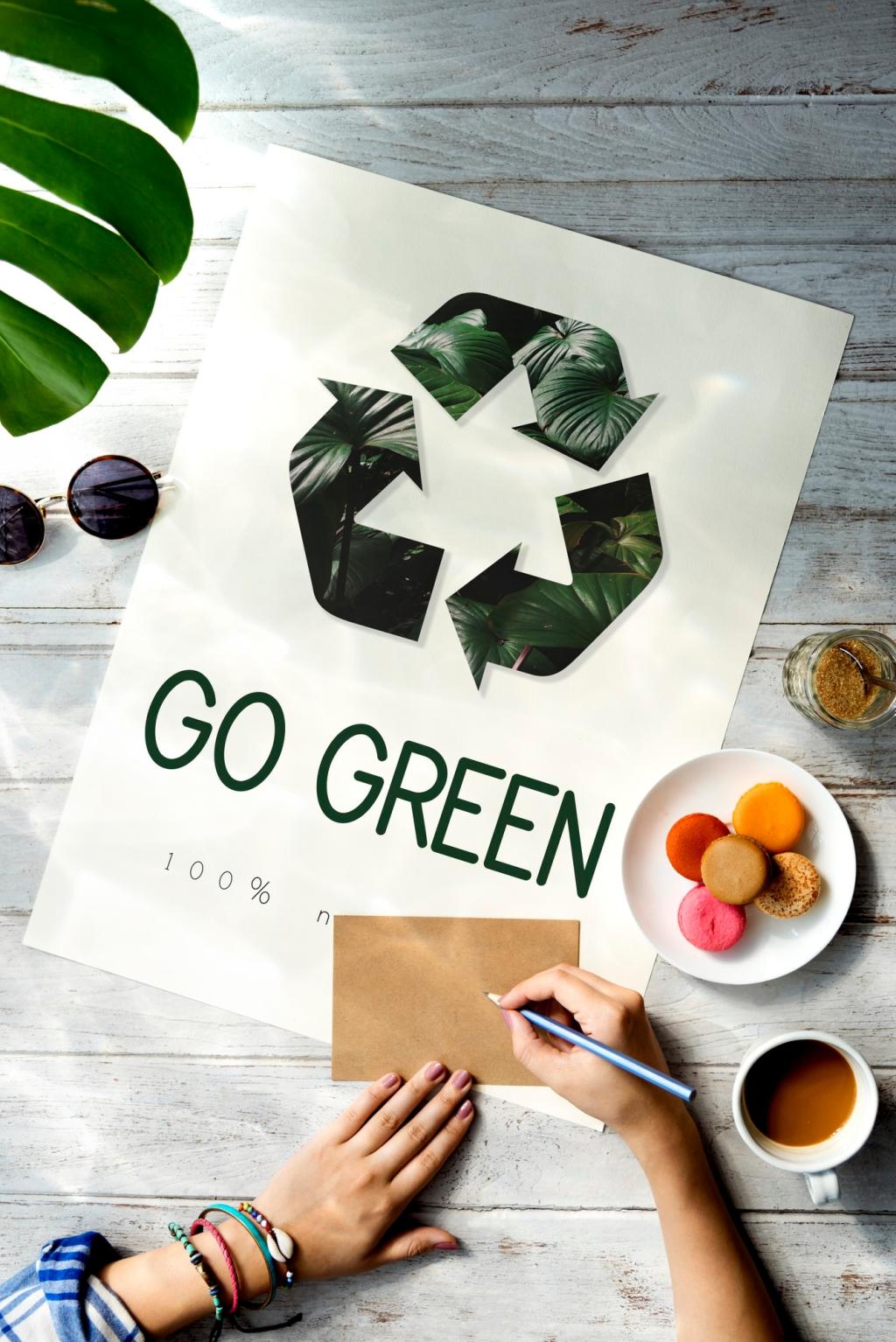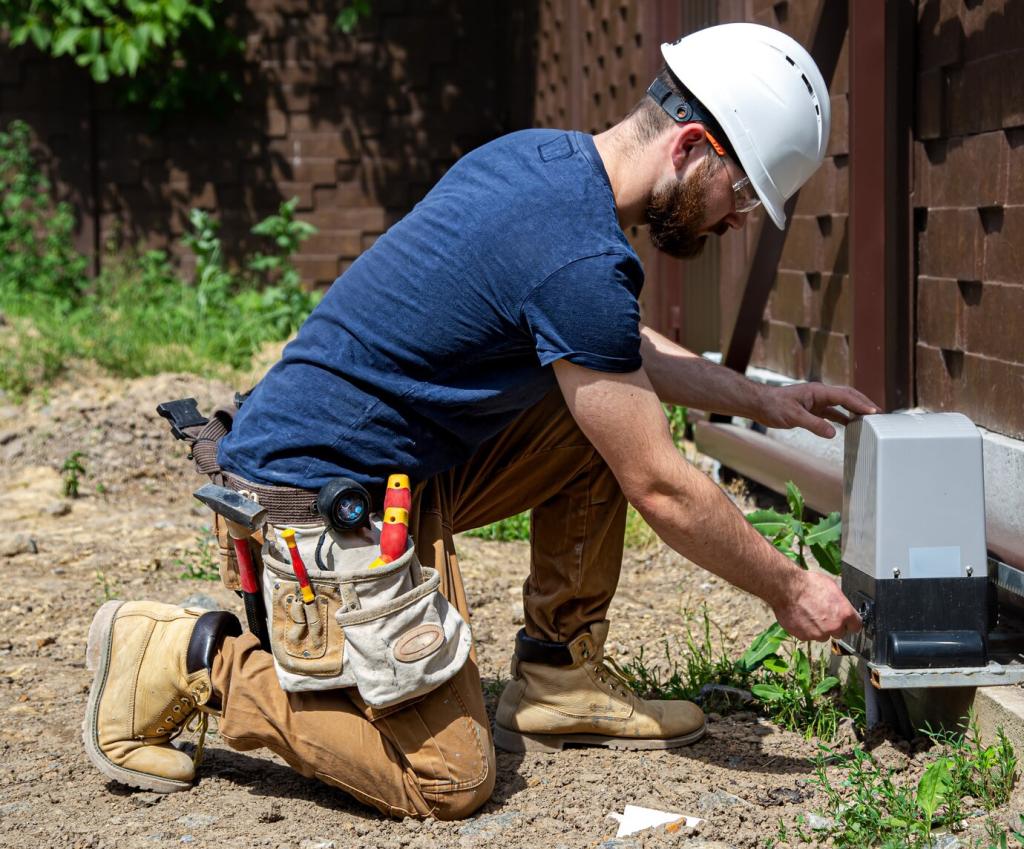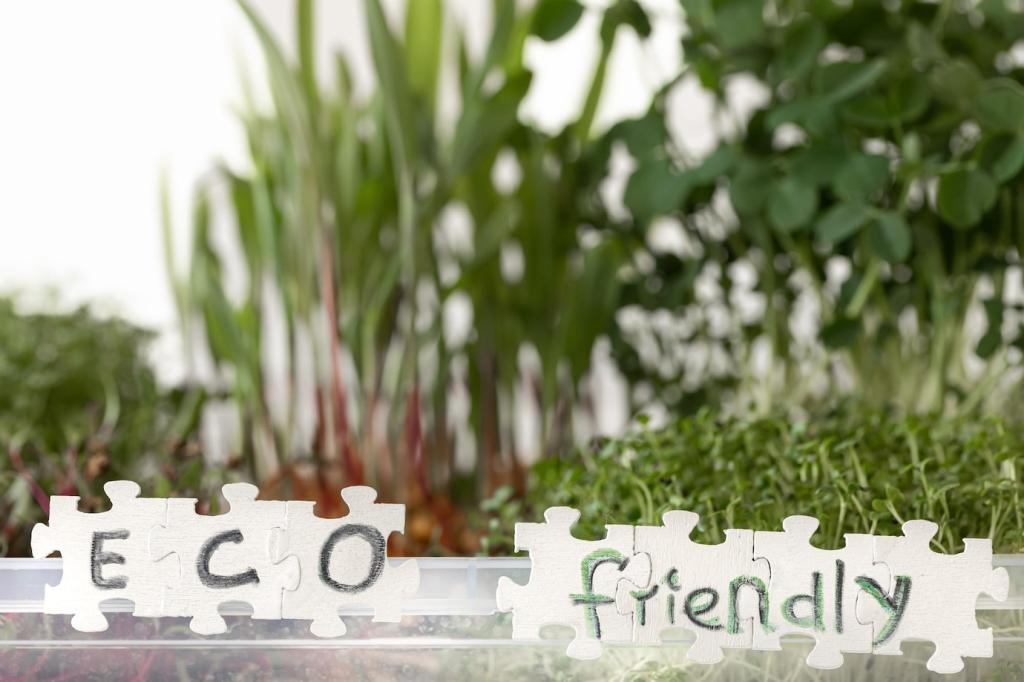Pantry Power: Safe Ingredients for DIY Natural Upholstery Cleaners
At roughly 5% acetic acid, distilled white vinegar helps neutralize odors and dissolve light mineral traces. Dilute one part vinegar with four parts distilled water, mist sparingly, and blot to avoid over-wetting upholstery.
Pantry Power: Safe Ingredients for DIY Natural Upholstery Cleaners
Baking soda absorbs smells and gently lifts surface grime when used dry. Sprinkle evenly, wait at least thirty minutes, then vacuum thoroughly. Do not combine with vinegar during application, which neutralizes cleaning power prematurely.

